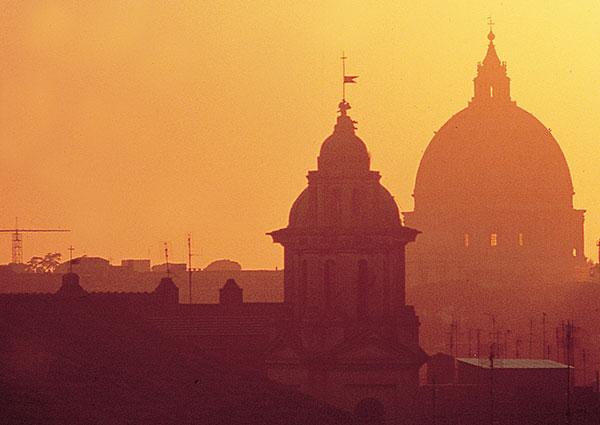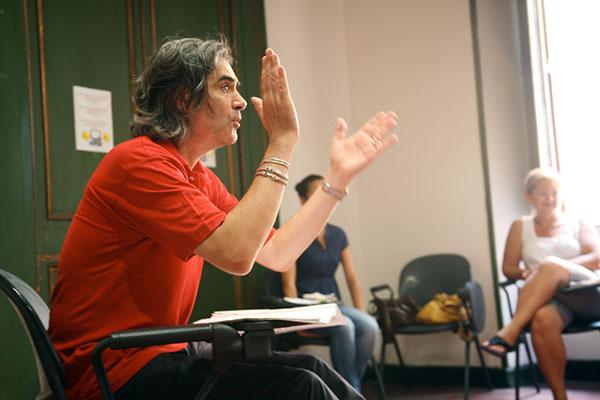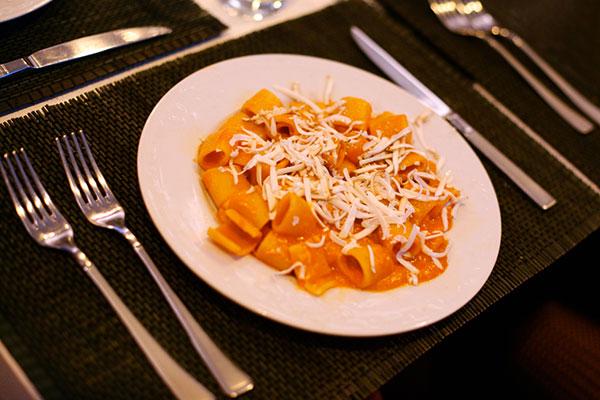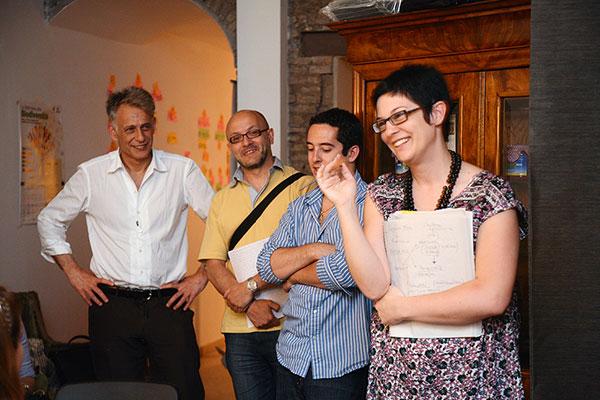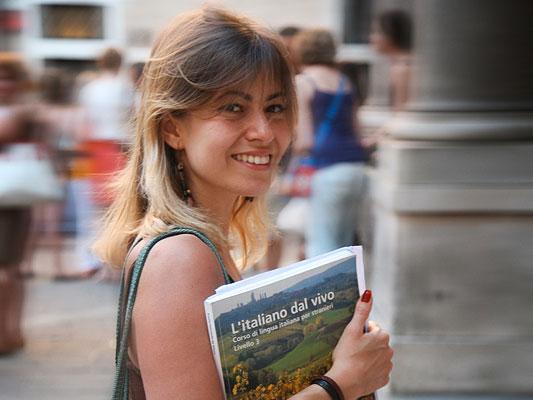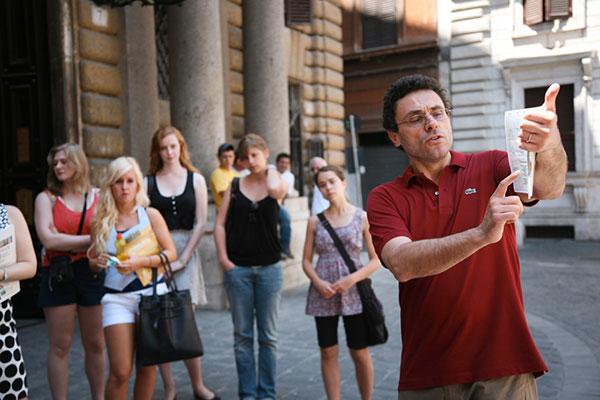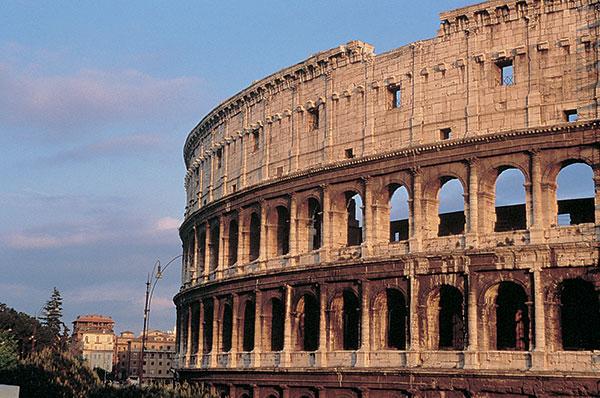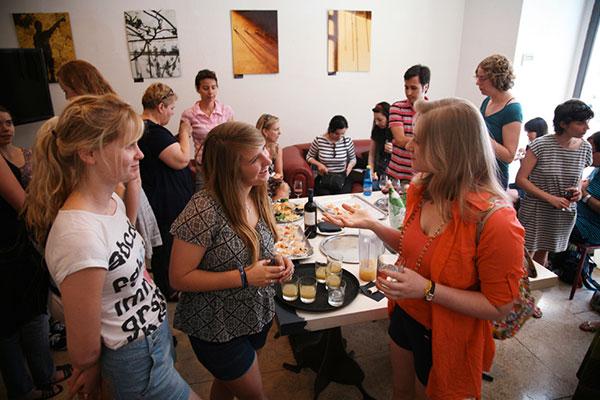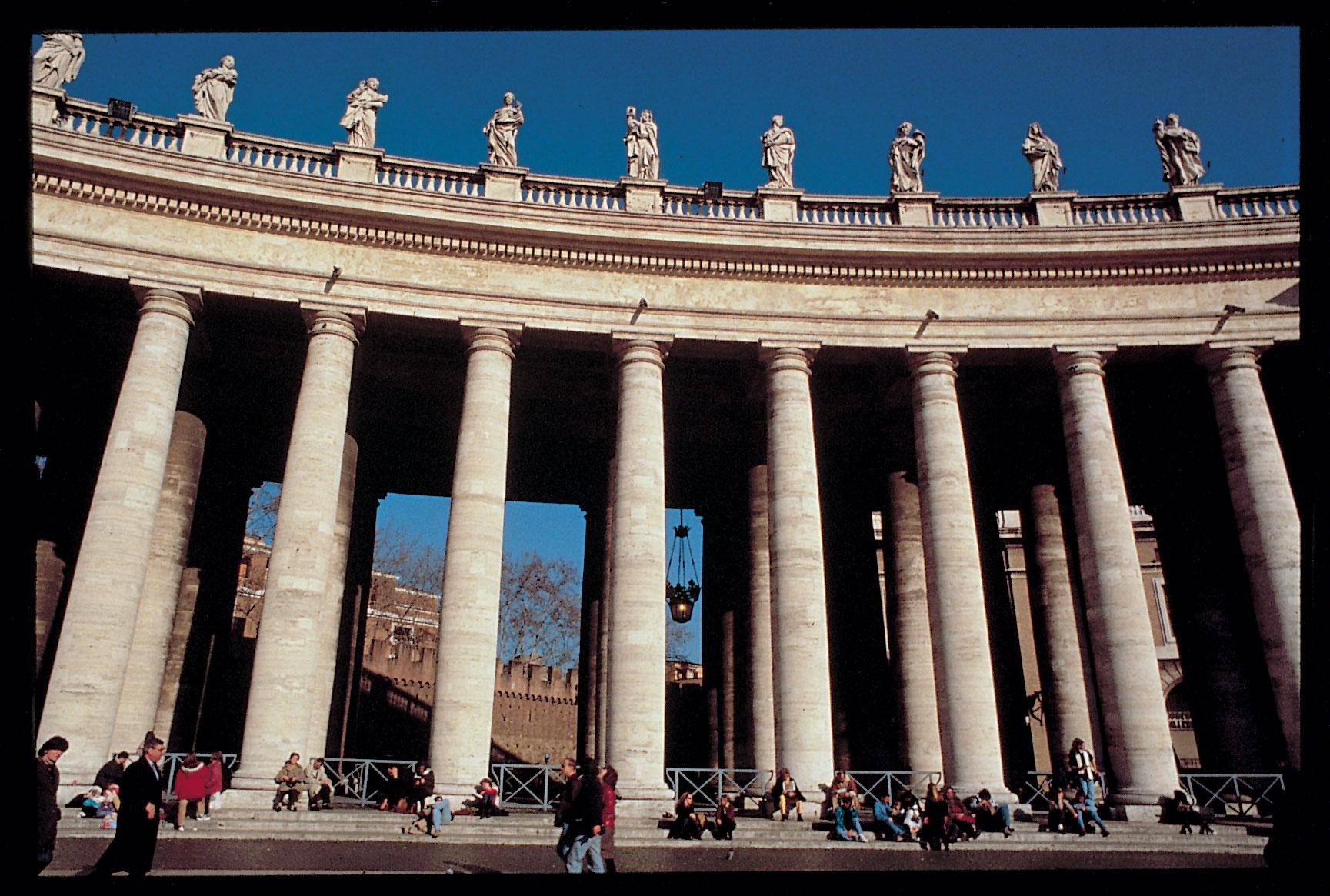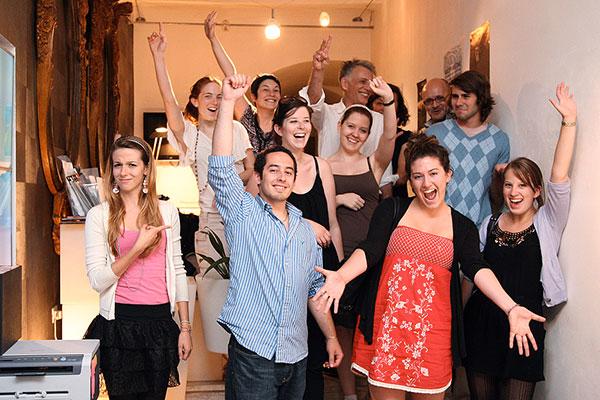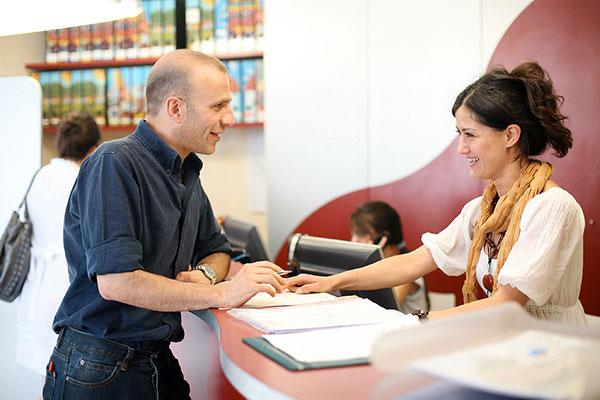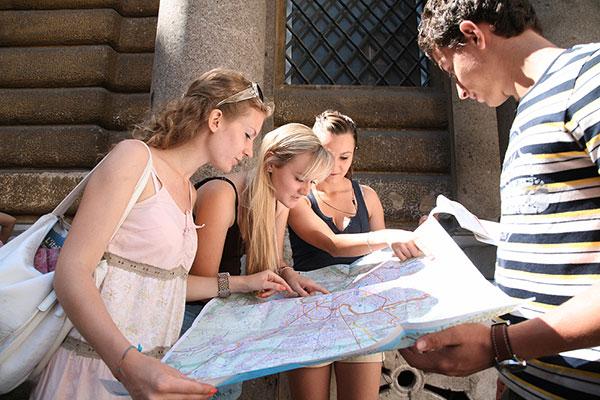Rome. Capital of Italy since 1870 and the seat of public administration, but also an important cultural and economic centre.
It has approximately 2.800.000 inhabitants and it covers nearly 1.300 Km2. The historical centre, where there are monuments from Ancient Rome and works from the Renaissance and the Baroque, is one of the largest in the world. Around the centre there are a series of districts (Prati, Testaccio, San Giovanni and Parioli), created and developed around the end of the 1800s and the first half of the 1900s. Then, further out, there are a series of residential areas and suburbs, created in the 1970s and 1980s.
The river Tiber crosses the city and from the Tiber island, it divides the historical centre from the ancient district of Trastevere, today one of the biggest nightlife areas in the Capital.
One of the characteristics of Rome is the presence of large green areas, even in the centre of the city. In the past, they were the parks of Roman noble families, but in the 20th century, they became public spaces where you can go for a walk or do sport.
To get around Rome you can use the two metro lines, an extensive network of buses and the urban railway which links the main stations, situated on the perimeter of the city.
If you arrive in Rome by air, you will land at the international Leonardo da Vinci di Fiumicino airport (you can get to the centre in about 20 minutes, with a train that leaves every 15 minutes) or at the airport of Ciampino (you can get to the centre with dedicated buses).
If you choose to take a train which arrives at the main station (Stazione Termini), located in the city centre, from here it is easy to reach any other area of the city.

 English (UK)
English (UK)  Italian (IT)
Italian (IT)  French (FR)
French (FR)  Japanese (JA)
Japanese (JA)  German (DE)
German (DE)  Russian (RU)
Russian (RU)  Spagnolo (ES)
Spagnolo (ES)  Português (pt-PT)
Português (pt-PT)  Nederlands (nl-NL)
Nederlands (nl-NL)  Danish (DA)
Danish (DA)  Czech (CZ)
Czech (CZ)  Polacco (PL)
Polacco (PL)  Turkish (TR)
Turkish (TR)  Korean (KR)
Korean (KR)  Magyar
Magyar  Українська (Україна)
Українська (Україна)  简体中文(中国)
简体中文(中国) 






